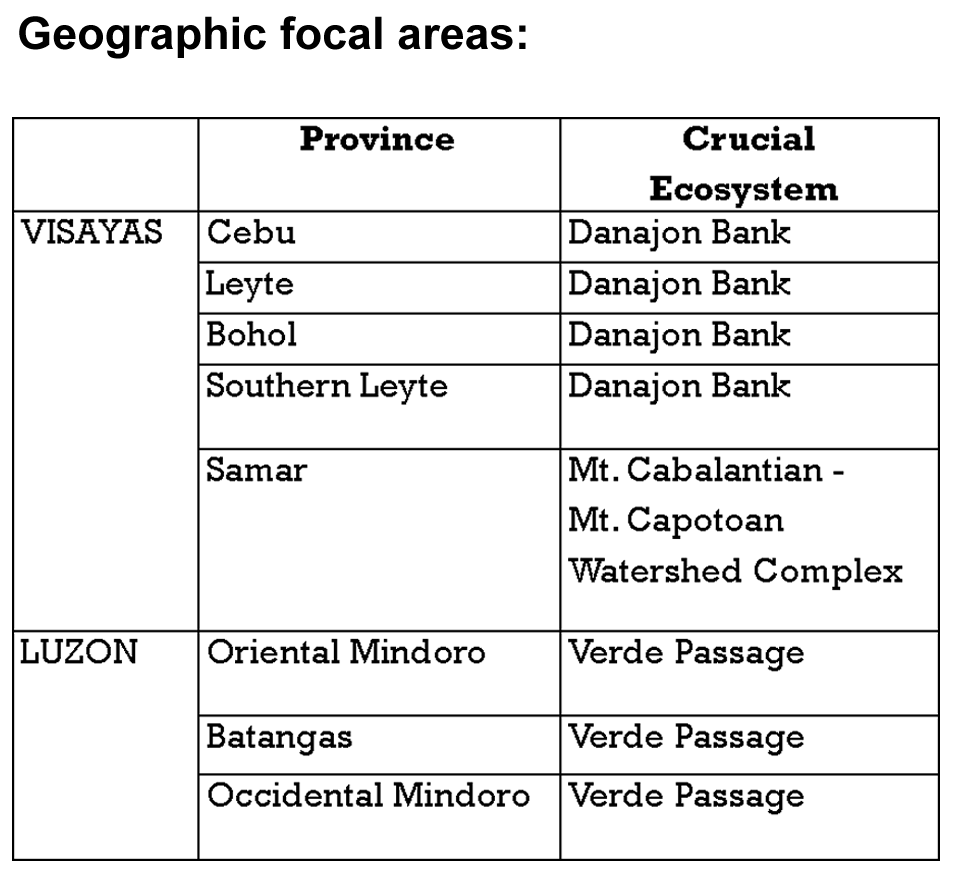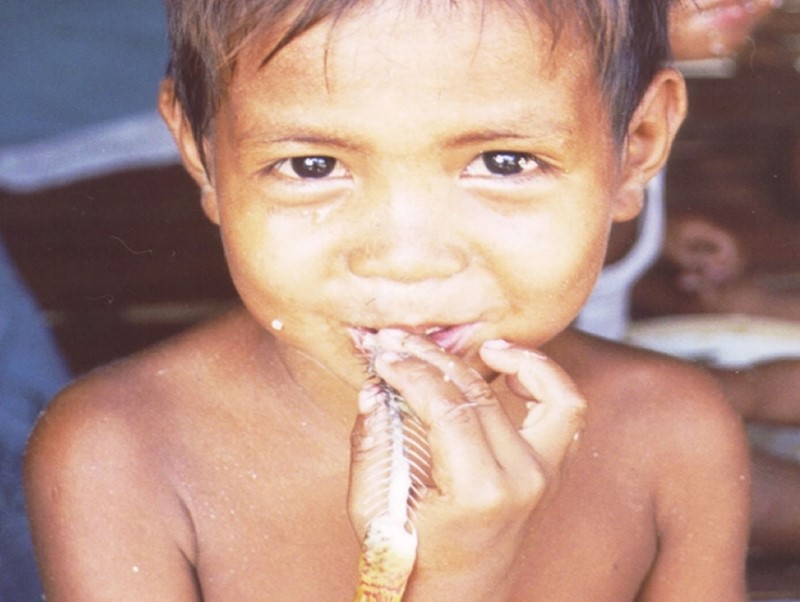Mainstreaming Reproductive Health into Poverty Alleviation and Natural Resource Management Agendas in the Philippines
“Poverty-Population-Environment Project”
Supported by The David and Lucile Packard Foundation
During 2001-2006 PATH Foundation Philippines, Inc. (PFPI) designed, managed and evaluated the Packard-financed Integrated Population and Coastal Resource Management (IPOPCORM) Initiative which is now considered as a gold standard model for Population-Health-Environment (PHE). PFPI also initiated the Alternative Advocacy Project (AAP) which targets policymakers at national and local levels with PHE information and planning assistance and promotes PHE concepts in the development plans.
Capitalizing on the investments that the Packard Foundation and PFPI have made on the IPOPCORM Initiative and the AAP Project, the Poverty-Population-Environment (PPE) Project will respond to opportunities and requests for technical assistance to advance reproductive health within the context of natural resource management and poverty alleviation.
The PPE Project will enable local governments and private sector organizations to plan, implement and monitor cross-sectoral approaches to development that have the potential of mitigating poverty, improving family planning acceptance and practice, enhancing sustainability of natural resources and improving food security in high-growth hotspot areas of the Philippines.
Goal and Objectives
The goal of the project is to improve human and ecosystem wellbeing in regions of the country where interrelated poverty-population-environment (PPE) dynamics pose threats to socio-economic development and the viability of life-sustaining ecosystems.
Objectives of the project:
- Generate political commitment and support for integrated approaches to poverty alleviation that incorporate RH strategies
- Expand planning capacity of provincial/municipal governments on integrated poverty-population-environment
- Create LGU capacity to establish and sustain community-based family planning systems
- Improve family planning acceptance and use in focal areas
Main Strategies of the Project
Capacity building of local governments to develop sustainable RH/FP systems and services which include community-based distribution systems and IEC on integrated Poverty-Population-Environment (PPE), formulate integrated PPE plan and to upgrade local monitoring systems to assure food security, alleviate poverty and achieve sustainable development.
Cultivate support for integrated Poverty-Population-Environment programs and services through private-public partnerships.
People, groups and geographic areas the project will serve
The Poverty-Population-Environment Project will work with:
- Local governments in selected provinces classified by the National Anti-Poverty Commission (NAPC) as high priority for poverty and hunger mitigation particularly around the Danajon Bank, Verde Passage and the Mt. Cabalantian-Mt. Capotoan Watershed Complex
- Socially responsible private companies and NGOs that support RH and population management strategies in tandem with CRM/NRM activities
- Health service providers and policymakers that have mandates to improve health and food security and/or alleviate poverty

Rationale of Poverty-Population-Environment Approach
- High fertility plus poverty and lack of education/health services intensify pressure on natural resources.
- High fertility plus rapid in-migration increases pressure on habitats of wild species (especially in biodiversity hotspots).
- Needs of coastal communities to improve livelihoods are complex, multi-sectoral.
- Sectoral approaches may be ineffective and costly because they don’t interrupt the “high-fertility-poverty” environmental degradation vicious cycle. Integrated approaches have the potential to break the vicious cycle.

